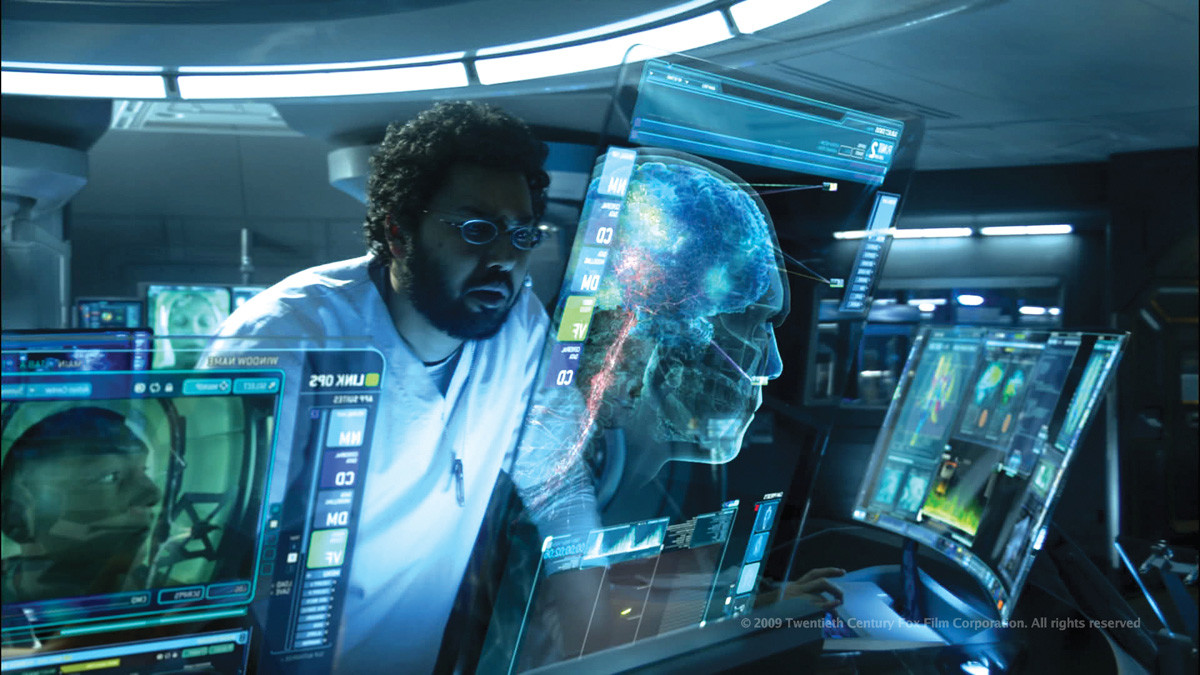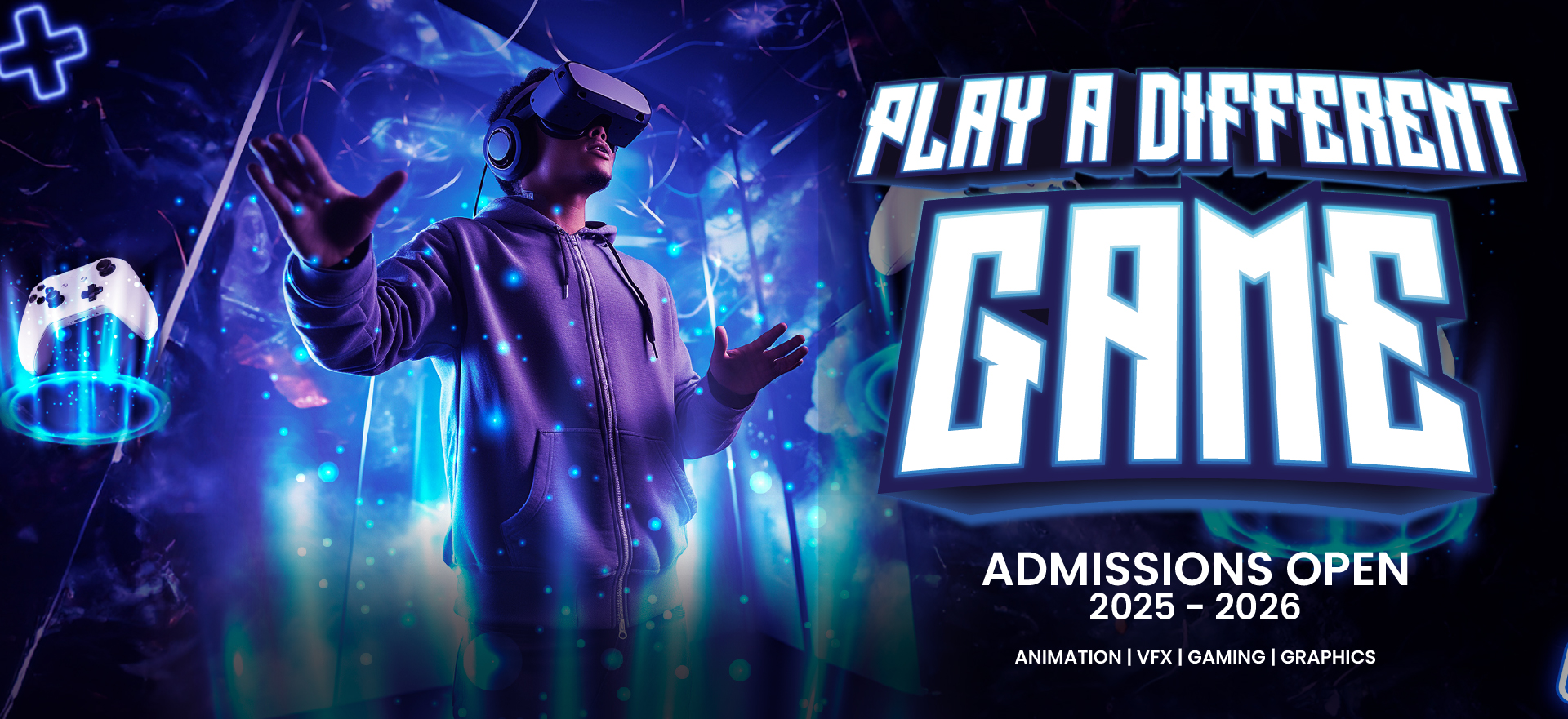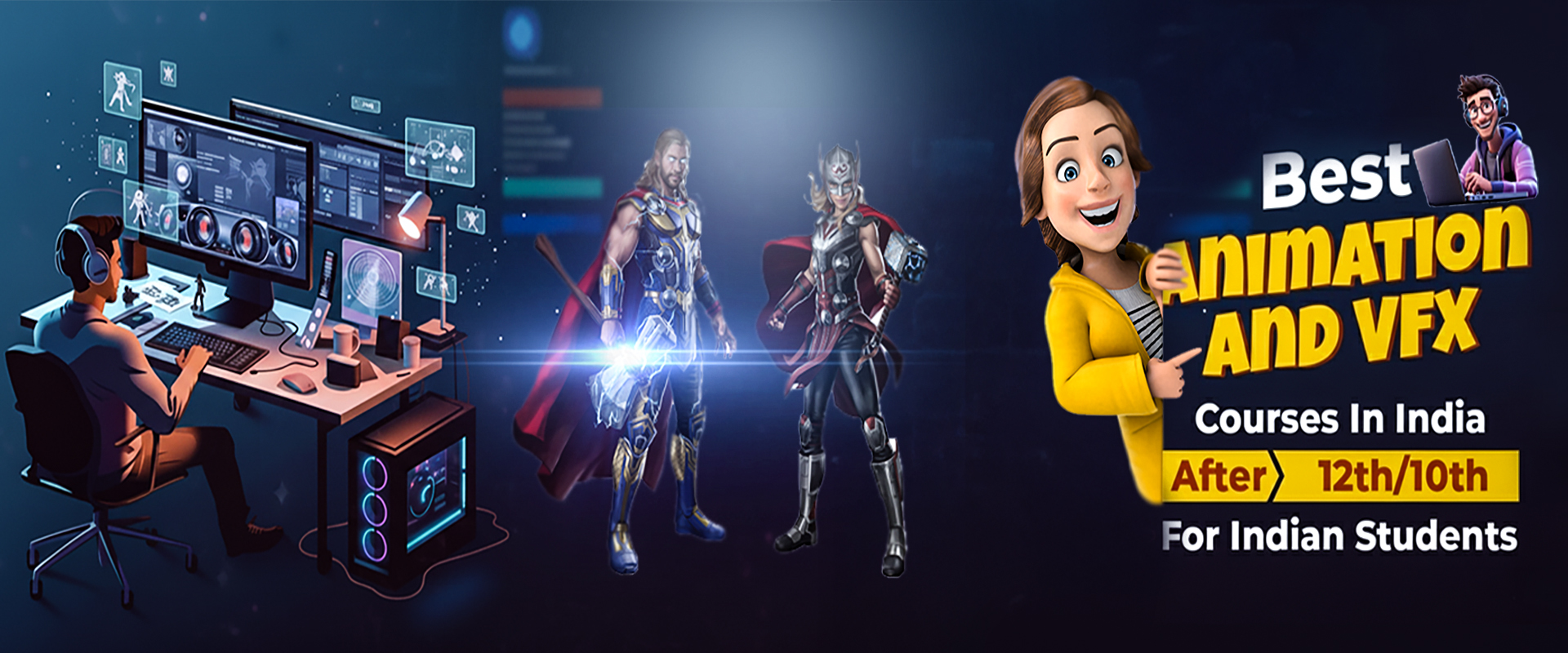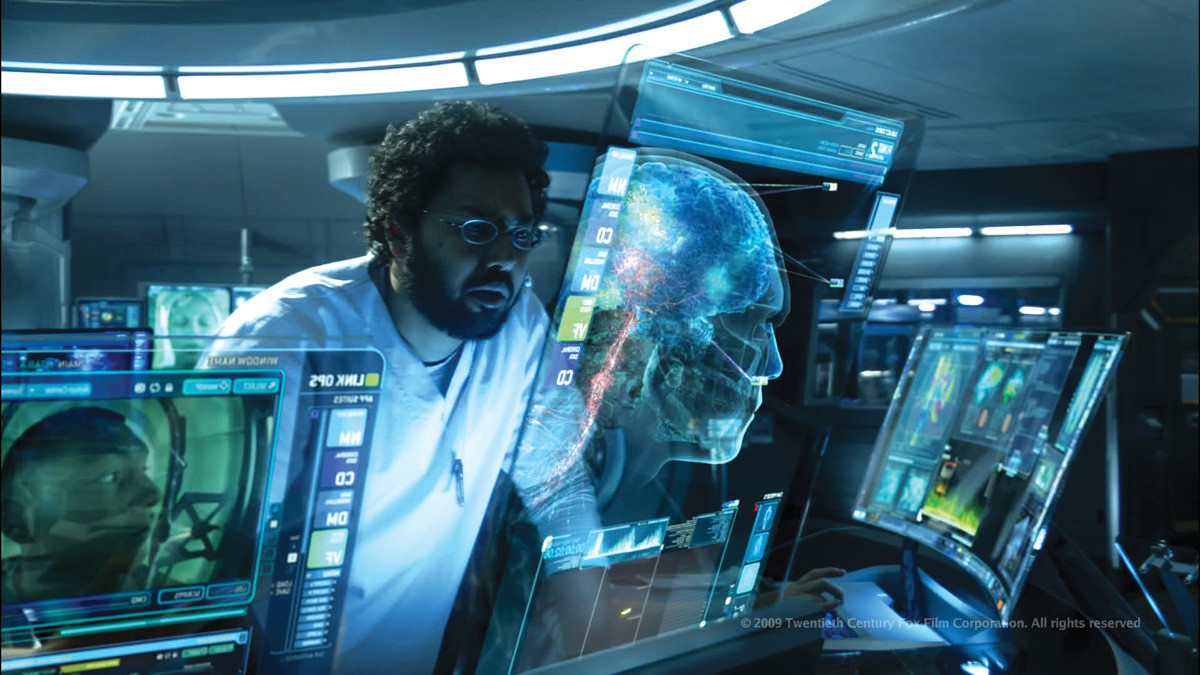Software Covered: Photoshop, Illustrator, XD
PDP in Game Art and Design (27 Months)
Students train with industry-standard tools such as Blender, Unreal Engine, Substance Painter, Photoshop, Illustrator, After Effects, and Nuke, gaining hands-on experience in crafting immersive game environments, characters, and cinematic visuals. By the end of the course, students will graduate with a professional portfolio demonstrating their ability to deliver engaging, game-ready assets and interactive experiences.

Program Structure
Graduates of this program will emerge as versatile digital artists and technical creators with strong expertise in game art, design principles, 3D asset creation, rigging, animation, and real-time engine workflows. Their portfolios will showcase immersive environments, dynamic characters, cinematic sequences, and game-ready assets. Career opportunities include: Game Artist / Asset Designer Environment Designer Character Artist UI/UX Designer for Games Technical Artist Game Animator Game Designer / Developer With in-demand technical and artistic skills, students will be prepared to work in gaming studios, immersive media companies, and interactive entertainment industries worldwide.
The Professional Development Programme (PDP) in Game Art and Design is a 27-month intensive course tailored for aspiring game designers, artists, and interactive media creators. The program covers every stage of game creation — from fundamentals of art and design to 3D modeling, texturing, rigging, animation, digital compositing, and game asset development.
Students train with industry-standard tools such as Blender, Unreal Engine, Substance Painter, Photoshop, Illustrator, After Effects, and Nuke, gaining hands-on experience in crafting immersive game environments, characters, and cinematic visuals. By the end of the course, students will graduate with a professional portfolio demonstrating their ability to deliver engaging, game-ready assets and interactive experiences.
-
Module I – Fundamentals of Game Art and Design (6 Months)Introduction to game history, design principles, perspective drawing, props and anatomy, digital painting, and UI/UX design. Students create 2D assets and characters for games while learning prototyping and design workflows.
Software Covered: Photoshop, Illustrator, XD -
Module II – Game Asset Creation (6 Months)Focus on modeling, texturing, environment design, and advanced character modeling. Students produce optimized assets for real-time engines.
Software Covered: Blender, Substance Painter, Unreal Engine -
Module III – Texturing, Rigging, and Animation (6 Months)Training in rigging, skinning, advanced rigging, texturing, and animation techniques for both characters and in-game assets.
Software Covered: Blender, Mixamo, Unreal Engine -
Module IV – Advanced Lighting, Particles, and Animation (6 Months)Students learn advanced lighting, particle systems, and animation blueprints, integrating assets into gameplay environments.
Software Covered: Unreal Engine, Niagara, Cascade -
Module V – Compositing and Game Asset Creation (6 Months)Exploration of digital compositing, visual effects integration, and asset polishing to create production-ready visuals.
Software Covered: After Effects, Nuke, Blender -
Module VI – Advanced Blueprint and Final Project (3 Months)The final stage focuses on advanced blueprint blockeding, sequencing, and project execution, allowing students to produce a complete interactive demo game.
Software Covered: Unreal Engine
More Courses
PCDP in Game Art (24 Months)
- 24 Months
- Game Art and Design
PDP in Game Art Course in Patna, Bihar – 24 Months Training
- 24 Months
- Game Art and Design
PDP in Game Art and Design (27 Months)
- 27 Months
- Game Art and Design
PCDP in Advanced Game Art and Design (36 Months)
- 36 Months
- Game Art and Design



